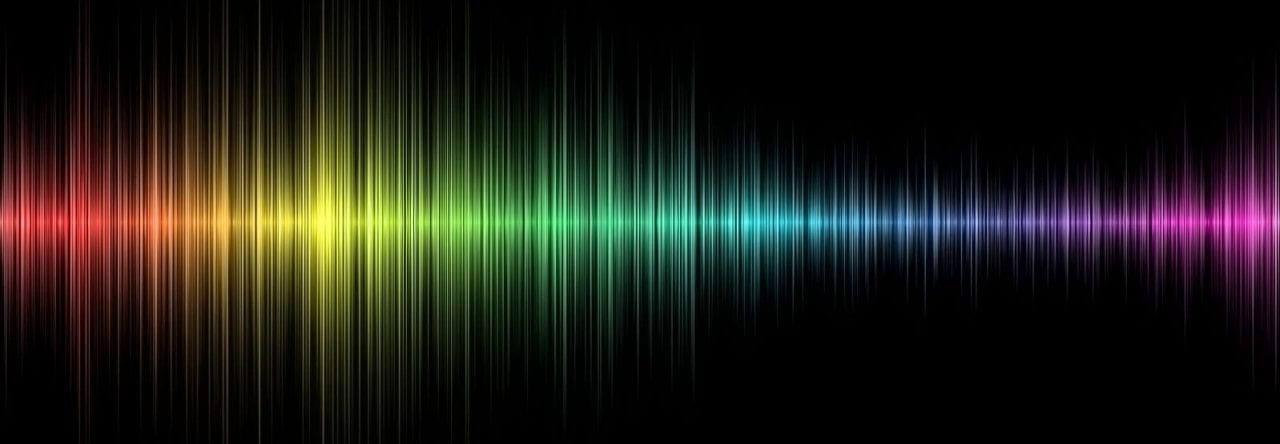The original song that inspired this remix was the song Levels by Avicii (released in 2011). Avicii, otherwise known as Tim Bergling, was an EDM artist that created a variety of well known songs within the House genre, such as Levels, Hey Brother (released in 2013), Waiting For Love (released in 2015) and Wake Me Up (released in 2013), the last of which reached 1.6 billion views on his YouTube channel. Levels was one of the first songs I encountered from this artist (I discovered it in 2012, a year after the song was officially released), and it quickly became one of my favorite songs thanks to its repetitive, upbeat nature. Listening back to his work again inspired me to create a dance remix for Levels, and made me want to tribute this piece to the artist who, for most of my teenage life, inspired me to try creating songs of my own.

Levels Dance Remix – The ProTools Session
I wanted to capture the essence of the original song in my own work by using elements from the original piece, such as the vocals, the riff synth, and the octave-changing synth that is heard in the original song. I didn’t want to recreate the exact sound of the original synths because I wanted to create my own version of the sound, so I chose some different sounds in the Xpand!2 plugin which could suit the remix I was creating, giving it some original-sounding synths to give my own twist on the well-known riff from the original.
In contrast, however, I did manage to find a YouTube video where someone had isolated the vocals from the rest of the song, and I used that vocal sample in the track. The reason I did this was to give some authenticity to the remix by including another element of the original song that wasn’t just the well known riff. This helped in the creation of the song because it allowed me to design a drop around the vocals when they came in for the first time, and they helped to add life to the track.
There were a multitude of different synths in this song, almost all of which played a different kind of riff to add variety to the song. The drum synths were as follows: the kick was a simple ‘4 on the floor’ beat, with claps on every second beat and hi-hats between the kicks, giving the song a typical drum beat found in Trance songs (since I wanted to make a Trance remix of the original House song). There were 2 synths (the main lead synth and the bassline synth) which played the main riff, alongside a rough-sounding bass accompaniment synth that played 2 sounds every 4 beats, a rhythmic synth that played in time with the drums but with the tune of the song, and an octave-changing synth that was similar to the one found in the original song. The drums were used to keep time in a genre-specific style, while the synths played the riffs, melody and bass parts to form the body of the song.

Levels Dance Remix – The use of Velocity in the sequenced elements
I automated the velocity in ProTools to create build ups and simulate fade-ins on the kick drums and each of the synths. As seen on the image above, the automated rising of the velocity happened at the start of the song, so it started off quiet and built up to a basic chorus, which was then followed by a drop for the vocals, and a slow build to a bigger chorus, followed by another quick fade-in of the octave-changer synth. And lastly, this all culminated in an automated reduction at the last section of the song, for a nice, smooth ending. All these build-ups and reductions of velocity helped to change the intensity of the song as it played, making the track sound less robotic thanks to the automation I used, because it added a nice variety of softer sounds among the harder, more forceful notes played on the main sections of the song, and it helped to make this track more than just a simple tribute to Avicii in that way.








